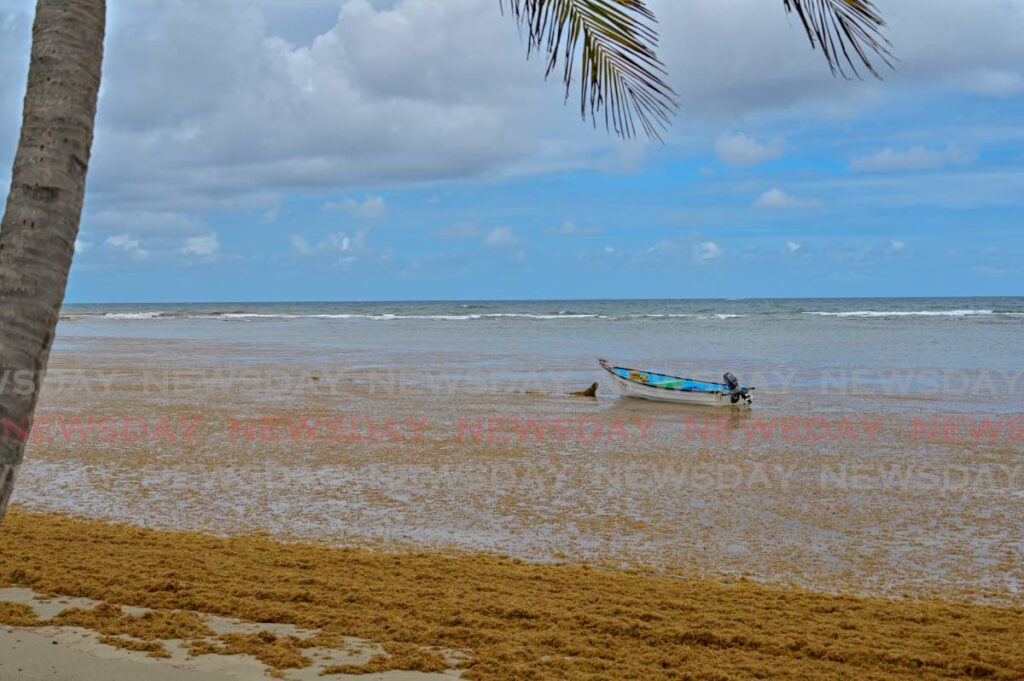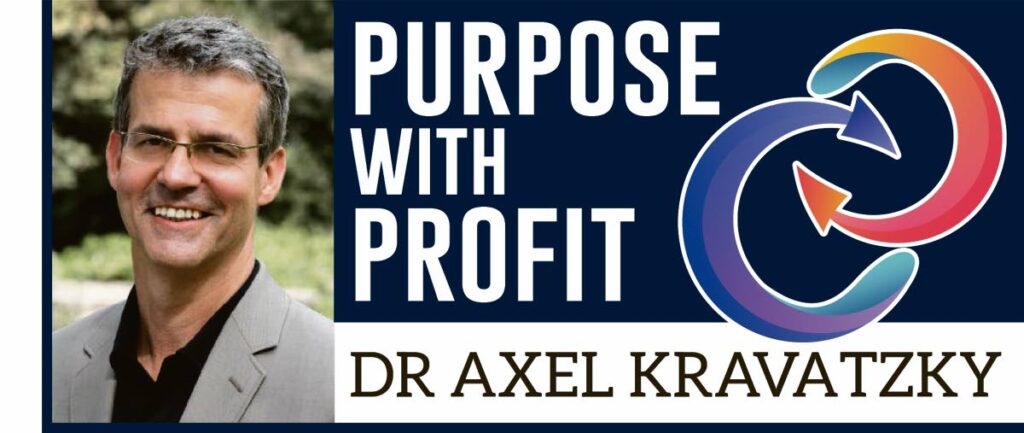Greening of Caribbean capital markets


New standards in ESG reporting (environmental, social, governance) present a tall order for all Caribbean financial-market participants.
The immediate aims may be to more sharply define purpose with profit; to diversify; to grow; to be efficient.
However, the ultimate goal is the urgent climate-change directive initially articulated by Caribbean scientists for small island developing states: to keep global warming within 1.5 C for the chance to stay alive.
One of the biggest challenges will be to attract large investments across projects that involve many small players.
While the rise in ESG-themed investments is the global trend, the acceleration and total quantum of funds has been highest in Europe. The sustainable finance community has been growing the volume and diversity of products rapidly since the European Investment Bank issued a green bond in 2007 and World Bank issued the first such bond in 2008.
The sustainable bond market alone (this includes green, social, and sustainability-linked bonds) was estimated to rise by 59 per cent in 2021 to reach US$850 billion, accounting for eight-ten per cent of global debt issuance, according to Moody’s.
Latin America and the Caribbean
Within Latin America and the Caribbean (LAC) the green-bond market is poised for rapid growth and expansion. According to the IDB and IDB Invest, the worldwide green-bond market has reached a record issuance of US$1.1 trillion in 2020.
The LAC region represented a nascent two per cent of this market. At present, Williams Caribbean Capital of Barbados is listed as the only Caricom-based company to have issued US$18.8 million through seven published bonds on the IDB’s Green Bond Transparency Platform covering the LAC region.
The total for the LAC region listed on the platform is currently US$21.7 billion. The IFC estimates that, given the threat that climate change and global warming pose for the region, this number will rise exponentially in the next eight years and could reach US$23 trillion by 2030.
In June 2021, the Jamaican Stock Exchange (JSE) launched its Green Bond Project entitled “facilitating and enabling environment for a Caribbean Green Bond Listing on the Jamaican Stock Exchange.”
The 24-month-long project is funded through a grant by the South-Korean-based Green Climate Fund (GCF) and is a collaboration between the Climate Change Division, Ministry of Housing, Urban Renewal, Environment and Climate Change, and the JSE.
The project objective is to strengthen Jamaica’s commitment to climate action, as outlined in its Nationally Determined Contributions (NDCs). It has received strong endorsements from the project’s partners, the governments of Jamaica and Dominica and private-sector stakeholders.
Green economy, green bonds, sustainable development goals (SDGs), and private/public partnerships will be important themes in this years’ Regional Investments and Capital Markets Conference from January 25-27, organised by the JSE.
Scaling up with many small projects
It is now clear that all countries in the region will experience massive transformations in the coming years and that will require huge investments by all sectors. Whenever we deal with the wellbeing of people, the health of nature, and sustainability in general, collaboration is the basis for success. Collaboration requires trust, transparency and accountability.
To achieve that we need to have a common terminology, be able to define what we are trying to achieve, and our goals need to be sufficiently ambitious and yet realistic. Our goals must be based on science so that we are moving verifiably towards sustainability, because not every kind of movement, even it is in the right direction but not at the required rate, is actual progress, and we have no time, money, or lives to waste.
All regions, indeed the whole world, are facing one core challenge with two components: can we mobilise sufficient investments into the right projects?
When it comes to the amount of money, we can say that money is beginning to scale up fast, but we still need a lot more of it and we need all local financial institutions, incumbents and challengers, as well as crowd funding initiatives to innovate and play their part. When it comes to the question of the right projects, the challenge is even bigger.
Consider the following two issues: institutional investors, who are making up the bulk of capital markets, already have huge portfolios and facing an increasing dilemma: they need to scale up, while at the same time becoming more and more responsible, ensuring they generate truly sustainable impacts.
They need to ensure that are not duped by greenwashing, and that they in turn are not duping their clients – who are increasing the pressure. Sustainability-related projects come in many different forms; some, like infrastructure, require huge investments.
Investors love that, because relative transaction costs are low. But many social and biodiversity-related projects require a much greater quantity of smaller investments and these are associated with large transaction costs – investors need to invest a lot of time and effort in many small projects.
Technology for transaction costs
The relatively low liquidity of Caribbean markets means that many large investors stay clear of this market because it is too small for them. Anthony Miller, head of the UN Sustainable Stock Exchanges Initiative, points out that relatively small investments require the same amount of due-diligence work as large investments, increasing the transaction costs for big institutional investors.
Additionally, what can be a "small" investment for a large investor can equal a large segment of a small company or small market. Thus large investors could end up with too large a segment of the market and the associated risks would be too high.
One countermeasure the Caribbean can take is to lower transaction costs through facilitation (eg Caribbean Climate-Smart Accelerator), innovation, collaboration, and pooled joint investment vehicles and indices that are cross listed on other markets.
Miller points out that a more fundamental transformation in this direction would be to either join MILA (Mercado Integrado Latinoamericano) or use it as a template for integrating Caribbean markets. MILA took a collection of relatively small markets (Colombia, Peru, Chile and Mexico) and integrated them to create what is now the largest market in Latin America.
Technology and transparency are also part of the answer – for example, through distributed ledger technology and the green-bond transparency platform. We must be able to link and assure the impacts for huge amounts of money down to source records of many small individual projects – particularly unavoidable in small island developing states.
Assured standards for staying alive
A second, and equally necessary element of the approach must be not to shy away from setting sufficiently high standards for the impact that is to be generated and how that is to be assured. At present Caribbean stock exchanges are thinking about, designing and drafting ESG-specific listing requirements. Caribbean issuers are not yet used to reporting on these dimensions.
At the same time, issuers in other markets have got used to the "run-of-the-mill" ESG reporting, and governments, regulators and investors are starting to implement a different class of standard – one that distinguishes between common ESG and actual sustainability, where the context, ecological thresholds, and actual sustainability targets are taken into account.
All the discussion about the ISSB and what will or will not be included in those standards, the EU taxonomy, the Sustainable Finance Disclosure Regulation, the green-banking ratio, the UNDP SDG Impact standard, etc, leads to our Caribbean future.
It’s a tall order for all Caribbean financial market participants. The dangers are present and real, the opportunities are clear, the learning curve is steep but urgent. We cannot afford to ignore any requirement to keep global warming below 1.5 C for the chance to survive.
Dr Axel Kravatzky is managing partner of Syntegra-ESG Inc, chair of TTBS/TC309 Mirror Committee, vice-chair of ISO/TC309 Governance of organizations, the co-convenor and editor of ISO 37000 Governance of organizations – Guidance, an expert member of ISO/TC322 Sustainable Finance, and represents ISO/TC309 on the ISO/Technical Management Board/Strategic Advisory Group on ESG.
Disclaimer: the views presented are those of the author and do not necessarily represent those of any of the organisations he is associated with.
Comments and feedback that further the regional dialogue are welcome at axel.kravatzky@syntegra-esg.com


Comments
"Greening of Caribbean capital markets"